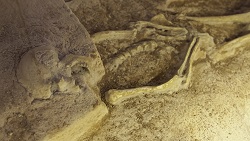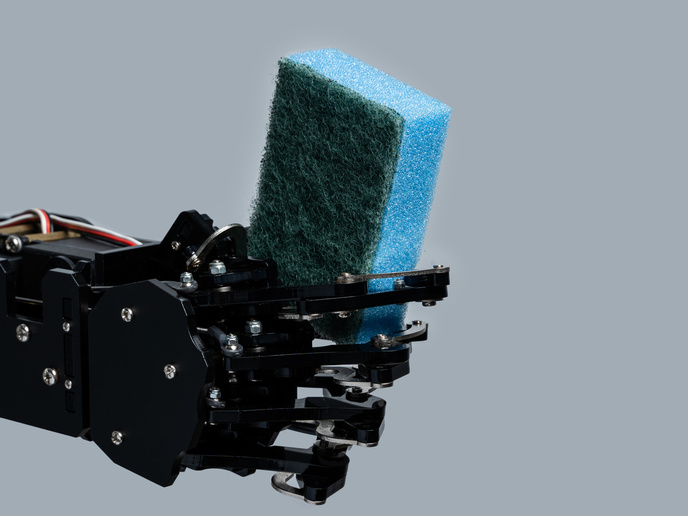A new method based on tooth microstructure for life history detection
Some studies on living humans and great apes have indicated that life history parameters (LHPs) such as pregnancies, skeletal trauma, and kidney disease can be identified from hypomineralised growth layers of tooth cementum, the surface layer of the tooth root. Lack of available calcium at the mineralisation front of the cementum during those events causes formation of a growth layer where the enamel and dentine are softer than normal. Using optical magnification with transmuted light, hypomineralised layers can be detected as they appear broader, wider and darker than fully mineralised layers. However, the use of tooth cementum growth layers, the so-called tooth cementum annulation (TCA) method as an individual age estimation method and as a life history identification aid remains sporadic, with results often carefully qualified or disputed. The EUROLIFE project took a whole new approach to detect important LHP from human teeth than just their visual effects as proposed in previous studies. As the project coordinator, Prof. Stephen Shennan explains, “The new test is based on chemical composition and degree of mineralisation of hydroxyapatite of the acellular extrinsic fibre cementum (AEFC).” Hydroxyapatite is the main constituent of the mineral part of bones and teeth. Tooth microstructure and life history events through archaeological time Application of EUROLIFE’s new findings could include establishment of fertility rates during the Neolithic Demographic Transition (NDT) when the population size of the world took off. The NDT started around 7 000 BC in Europe and ties in with changes in life style connected to the adoption of agriculture and settlement in villages. Radiocarbon dates are already available for the ancient samples along with details of the archaeological context from which they come, for example burial sites. Two key issues dominating the research EUROLIFE fellow Dr Marija Edinborough led a clinical study on a large dataset of some 200 sets of human teeth accompanied by documented life history information. This steered the development of new rigorous recording protocols. The reliability of cementum data then came under the microscope! The project clearly demonstrated the uncertain reliability of cementum as a consistent source of life history data partly due to the limitations of optical microscopy. As Prof. Shennan explains, “this focuses solely on visual effects of the cementum incremental lines that can be variable.” Continuing challenges for the future interpretation of archaeological remains Although EUROLIFE’s new findings currently preclude the use of cementum as a dating tool for life history events in the NDT in Europe, this is not necessarily a negative outcome. On the contrary, it is a highly significant finding as it warns against any temptation to apply superficially plausible life history data from poorly explored cases until the underlying processes are fully understood. A new highly rigorous method for studying AEFC microstructure has now been established (it will be available for scientific use in a forthcoming publication). Until then, Prof. Shennan sums up, “Even though the main goal of the project has been fulfilled, and a new more reliable source of data for detection of LHP has been developed by EUROLIFE, many aspects of cementum research remain in their infancy. This topic requires significantly more clinical research before it can be applied to archaeological case studies.”
Keywords
EUROLIFE, cementum, tooth, life history events, Neolithic







